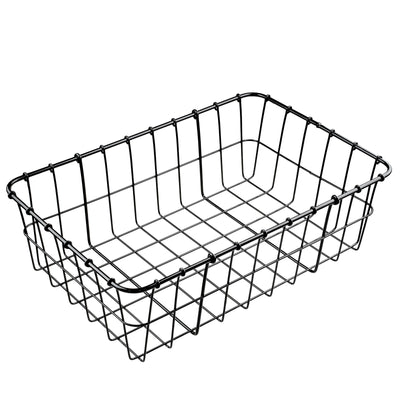Seatpost Setback - A Scrutiny of Styles
With Velo Orange expanding our range of products over the last few years, one of the newer items that we've developed is a Zero Setback Seatpost. Now, if you're a long time roadie, you may wonder why someone would want zero setback? So let's look into the mysterious world of bike fit and design to see why someone would want a zero/medium/long setback post.
Road bikes for years have had posts with setback- a seatpost where the clamping area for the saddle was behind the centre of the post that came up from the seatpost. The theory behind this was to allow for proper weight distribution (ideally 60 % on the rear of the bike, 40 % on the front). Assuming a 73 deg seat tube angle, the setback allowed one to fully engage the hamstrings and glute muscles more efficiently.

For most setback posts, the standard set back was around 25 mm or so. Why? Good question. My best guess is that it created the "medium" amount of setback that most people needed. With the costs of tooling to create different heads to the seatposts (this is all done with forging and dies), most folks went for the middle of the road to deal with the average.

Touring, city, and recreational riders tend to need more setback than a racer does. The more upright position requires more setback to put your legs in a more efficient bio-mechanical place.

The other factor is the rail length of the saddle. This is the ultimate limiting factor when it comes to proper position of the saddle, which ultimately effects where your knee and foot end up. Different saddle makers have different rail lengths. Traditionally Brooks and other leather saddle makers have had very short rails, thus the need for more setback in order to get the knee positioned correctly. In these cases, our Long Setback Seatpost is a winner.

So why, after reading all this (thank you), does one need a zero setback post? Surely the above reasons make sense. Well, the rise of MTB's is one of the main reasons. The slacker and longer geometry of MTB's means that having zero offset puts the rider in the middle of the bike, rather than well behind the centre of the bike. Having more weight forward helped prevent you from toppling back on steep climbs and allowed you to move your butt behind the seat post on the steep descent. So MTB's tend to come with zero set back posts as standard. Zero set back posts also work if you have a short femur. The zero offset helps to put those folks over the pedal easier. Zero offset posts also work well if the top tube (real or virtual) is longer then ideal. Moving the seat forward reduces the distance between the stem and the saddle.
If you've got a theory about the relationship between setback, position, fit, and performance, let us know in the comments.






I am setting up a new bike and have a velo orange grand cru 0 setback seat post.
In order to achieve the required saddle set back, the saddle is in the full forward position on the seat post.
I notice that the centre of the seat rail clamp is rearward of the seat post centre line.
Can I run the seat post backwards, to allow the saddle to sit further back in the seat post, while maintaining the required saddle set back?
Will the backwards fitted seat post allow enough adjustment for the saddle to sit level?
Leave a comment